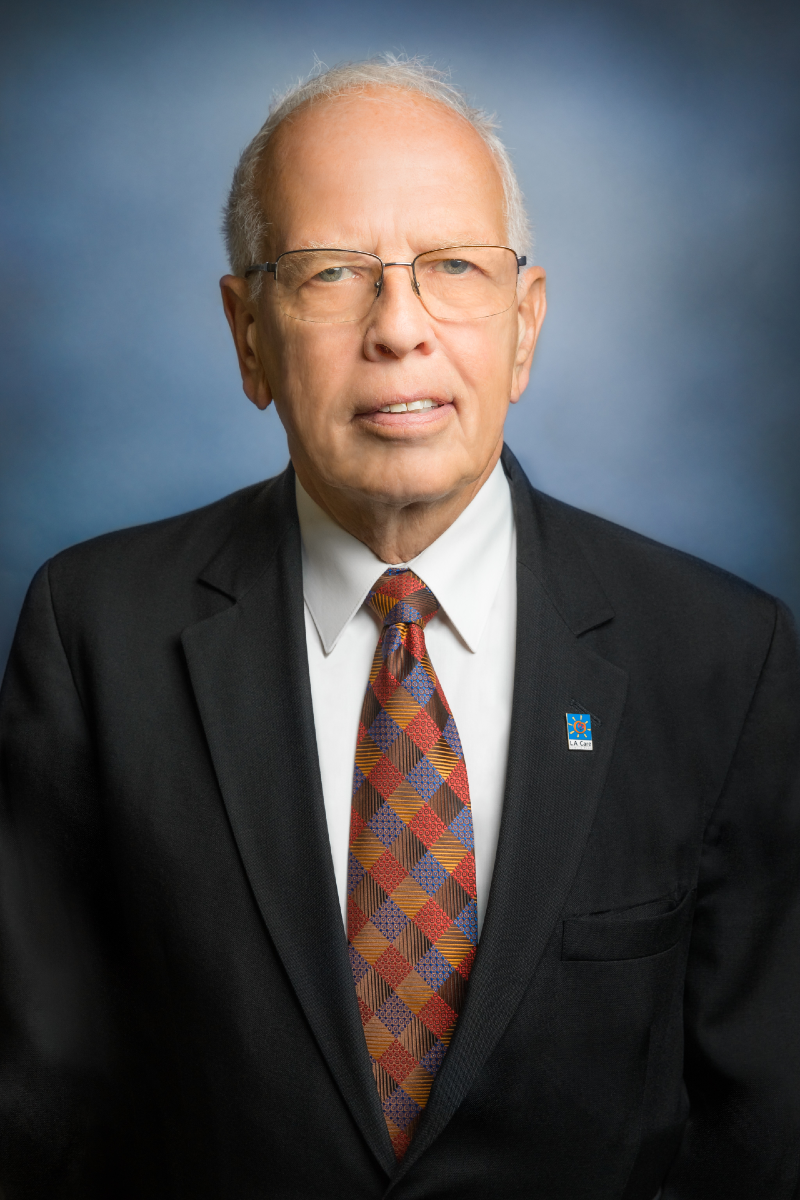As CEO of the largest publicly operated health plan in the country, serving millions of Angelenos who are struggling to make ends meet, it pains me to have to warn readers that the health care safety net is facing a crisis.
Over the last three years, the COVID-19 pandemic has been tough on everyone. Hospitals, nursing homes, clinics, and physicians who serve Medi-Cal patients and the uninsured have weathered this period with valor and dedication. And yet, California ranks near the bottom in the nation for what we are able to pay our safety net providers.
As we emerge from the pandemic’s shadow, evidence suggests that COVID-19 will become endemic, akin to the seasonal flu. Unfortunately, despite a need for sustained resources, Los Angeles County’s health care safety net is in for an abrupt change. The many state and federal programs that provided additional funding and support during the Public Health Emergency (PHE) will expire in February and May, respectively.
With the end of the PHE and subsequent resumption of Medi-Cal renewals for all consumers, the chronic underfunding of California’s Medi-Cal program will become more apparent.
Medi-Cal now covers one third of California’s residents. During the PHE, California wisely extended coverage to undocumented residents, placing even more stress on the health care safety net with no change in reimbursement.
Currently, safety net providers caring for Medi-Cal patients receive only around 60% of Medicare payments. Worse still, they receive about 33% of what they would be paid to treat a commercially insured patient. Considering a majority of those covered by Medi-Cal are people of color, this creates an inequitable, two-tiered health care system that perpetuates the institutional racism our nation is only now beginning to address.
An additional issue faced by Medi-Cal is the unnecessarily complex funding methodology that is inherently uneven among various provider groups.
L.A. Care is the largest insurer in Los Angeles County, serving nearly 2.9 million Angelenos, almost 2.7 million of whom are on Med-Cal. L.A. Care pays participating hospitals approximately half the total reimbursement they receive for serving Medi-Cal patients. The remainder of their compensation comes from federal and state supplemental programs created as Band-Aids to keep hospitals afloat.
Even with these two funding streams, hospitals face an unprecedented challenge, shouldering increasing labor costs and inflation-boosted expenses. The more Medi-Cal patients a hospital serves, the wider the gap between revenue and expenses.
For those who need care outside of a hospital, payment to providers is equally convoluted and under-resourced. Though additional funding is available to Federally Qualified Health Centers and clinics operated by the Los Angeles County Department of Health Services, even these systems face major financial challenges.
In total, 64% of L.A. Care’s members are served by community-based physicians who do not have access to significant additional government-based reimbursement. While primary care physicians can get limited state funding for a small set of billing codes, specialists cannot even take advantage of those. As a consequence, access to specialty care is a massive barrier for Medi-Cal members.
Another challenge faced by the safety net is the skewed geographic distribution of physicians. This has created “medical deserts” where there is poor availability of critical medical infrastructure.
The most medically underserved areas in Los Angeles County are the eastern San Gabriel Valley, Antelope Valley, and South LA. The lack of primary care doctors serving Medi-Cal patients in these areas makes hospital emergency care the provider of first and last resort.
Further still, staffing shortages are making placement in skilled nursing facilities more difficult, marooning patients in hospital beds that are badly needed for acute care.
It is time for us to get serious about addressing the healthcare challenges facing LA County’s most vulnerable residents. We need to act as a care delivery system of collaborators instead of finger-pointing competitors.
To that end, L.A. Care has organized the California Safety Net Coalition of health plans, hospitals, clinics and doctors. Our goal is to increase the base rate of Medi-Cal reimbursement in California, which ranks 40th in the nation for its level of reimbursement—despite having one of the highest costs of living.
Through this solution-oriented approach, we are seeking the much-needed increase in reimbursement through legislation or a ballot initiative.
In January, the Los Angeles Times reported on overcrowding in the Martin Luther King, Jr. Community Hospital’s emergency room. Gwen Driscoll, the hospital’s vice president of strategic communications, succinctly stated “this can only go on so long.” I am in total agreement. It is finally time to address the root causes of this crisis, and the California Safety Net Coalition seeks to do just that.
